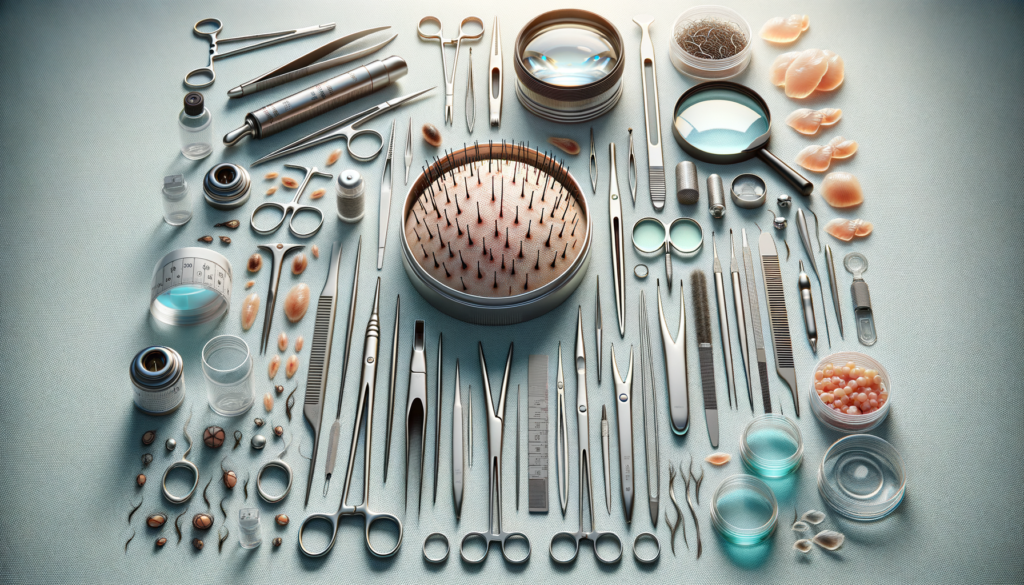The Finance Blog

Hair Transplants in Australia: Restore Confidence with Natural Results
Understanding Hair Transplants: A Comprehensive Overview
Hair transplants have become a popular solution for individuals experiencing hair loss. This procedure involves moving hair follicles from a part of the body, typically the back or side of the head, to a balding or thinning area. The goal is to restore a natural-looking hairline and increase hair density, offering a long-term solution to baldness.
There are two primary techniques used in hair transplants: Follicular Unit Transplantation (FUT) and Follicular Unit Extraction (FUE). FUT involves removing a strip of scalp from the donor area and dissecting it into individual grafts. FUE, on the other hand, extracts individual hair follicles directly from the scalp. Each method has its own advantages and considerations, such as scarring and recovery time.
Hair transplants are not just about aesthetics; they can significantly impact a person’s confidence and self-esteem. It’s essential to consult with a qualified professional to determine the most suitable method based on individual needs and expectations. Proper research and understanding of the procedure can lead to satisfying results and a renewed sense of self.
Hair Transplant Techniques: FUT vs. FUE
When considering a hair transplant, understanding the differences between Follicular Unit Transplantation (FUT) and Follicular Unit Extraction (FUE) is crucial. Both methods aim to restore hair, but they differ significantly in approach and outcomes.
Follicular Unit Transplantation (FUT) is often recommended for those requiring a large number of grafts. This method involves removing a strip of skin from the donor area, usually the back of the head, and dissecting it into individual follicular units. While this technique can yield a high volume of grafts, it typically results in a linear scar, which may be a consideration for those who prefer shorter hairstyles.
Follicular Unit Extraction (FUE) offers a less invasive alternative. This method involves extracting individual hair follicles directly from the donor area using a small punch tool. FUE is favored for its minimal scarring and quicker recovery time. However, it may require multiple sessions to achieve the desired density, especially for extensive hair loss.
Ultimately, the choice between FUT and FUE depends on factors such as the extent of hair loss, donor hair availability, and personal preferences. Consulting with a skilled surgeon can help determine the best approach tailored to individual needs, ensuring a natural and satisfying outcome.
The Cost and Considerations of Hair Transplants in Australia
Choosing to undergo a hair transplant is a significant decision, and understanding the associated costs and considerations is essential. In Australia, the price of hair transplants can vary widely, influenced by factors such as the clinic’s location, the surgeon’s expertise, and the complexity of the procedure.
On average, hair transplant costs in Australia range from $5,000 to $15,000. This variation depends on the number of grafts required, with larger sessions typically costing more. It’s important to note that while cost is a consideration, the quality and experience of the surgeon are paramount. A well-executed transplant can offer lasting results, while a poorly performed procedure may lead to dissatisfaction and additional corrective surgeries.
Aside from financial considerations, potential candidates should also evaluate the clinic’s reputation, the surgeon’s track record, and patient reviews. Many clinics offer consultations to discuss individual needs, expectations, and potential outcomes. These consultations can provide valuable insights into the procedure and help set realistic expectations.
Ultimately, investing in a hair transplant is an investment in oneself. By carefully considering all aspects, from cost to professional expertise, individuals can make informed decisions that lead to successful and confidence-boosting results.









